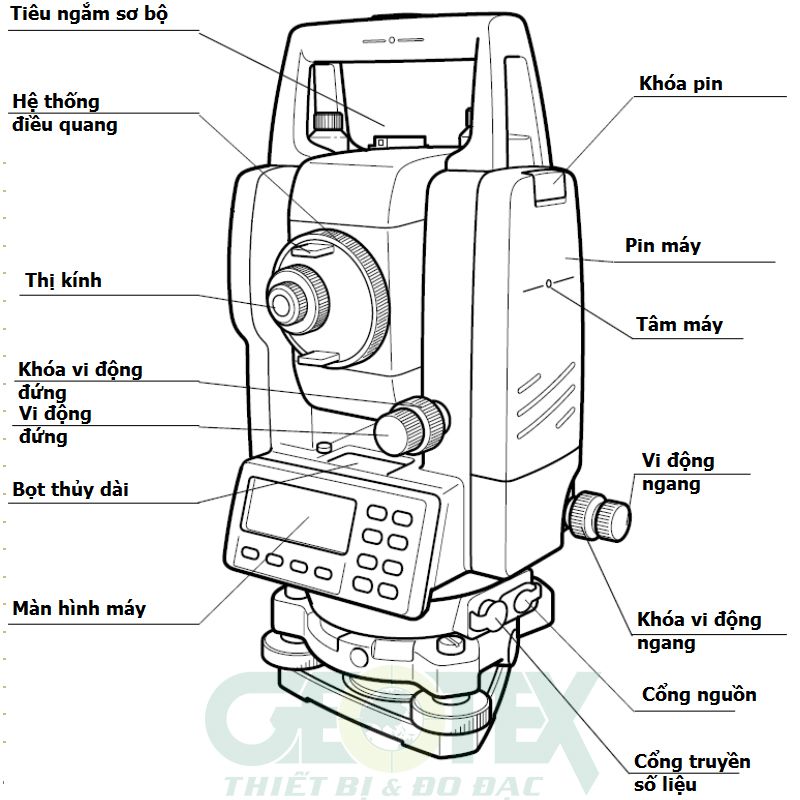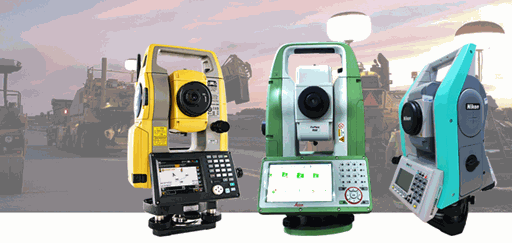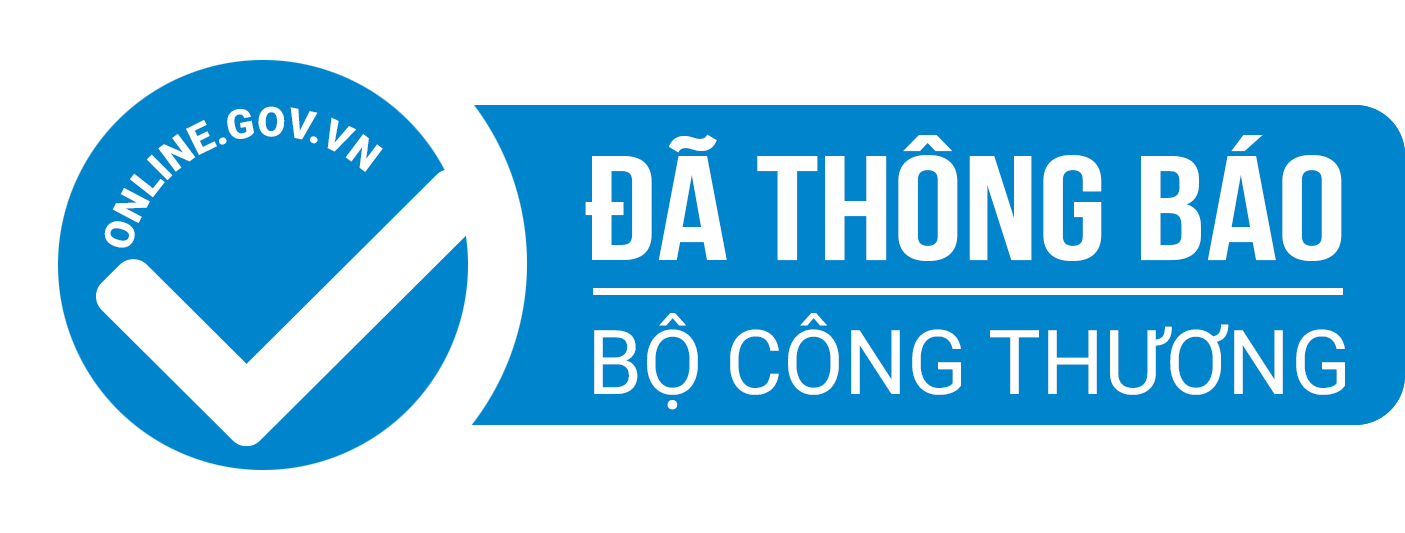Total Station
Structure and Applications of Total Stations
When working in the field, no one wants to waste time on repetitive tasks. Using a device that combines both angle and distance measurements simplifies the job—just one setup, streamlined operation, and clear data display. With this approach, surveyors can pinpoint locations more efficiently, making it easier to conduct surveys or carry out on-site construction.
Structure of a Total Station
A device that runs reliably must be built from closely connected components, and total stations are no exception. From small details like the level bubble, keypad, and reader to the core elements like the distance measuring unit and mainboard, every part works in sync to ensure the device performs precisely as the job demands.

Total stations play a critical role in solving complex surveying tasks such as intersection calculations and point layout using coordinates. This is made possible by the combination of hardware—including an electronic theodolite and distance measuring module—and built-in software. Each component has a distinct function: the theodolite automatically processes vertical and horizontal angles, the distance module calculates the range to the prism, and the software handles measurement data, manages it, and can communicate with a computer when needed.
Operating Principle of a Total Station
The total station operates based on a signal transmission and reception mechanism between the device and the reflector. At the setup point, the transmitter sends a signal to the prism, which then reflects it back. The device processes this exchange to determine the distance using the formula D = vt/2, where v is the signal speed and t is the time taken for the round trip.
How Total Stations Are Used in Practice

This equipment is a common sight on job sites that require precise positioning—from land boundary surveys and terrain mapping to high-rise construction and roadworks.
Measurement data can be quickly exported in various formats, especially CAD files, making it easy to integrate with computer systems for drawing management and processing.
One of the most crucial current applications is transferring design coordinates into the field, ensuring that construction follows the plan right from the start.
Because it’s used across so many sectors, total stations now come in a wide range of models and price points to suit specific needs. If you’re looking for a unit that matches your work, feel free to reach out to EMIN for fast, practical support.
-
-
-
-
-
-
-
-
-
-
-
-
-
-
-
-
-
-
-
-
-
-
-
-
